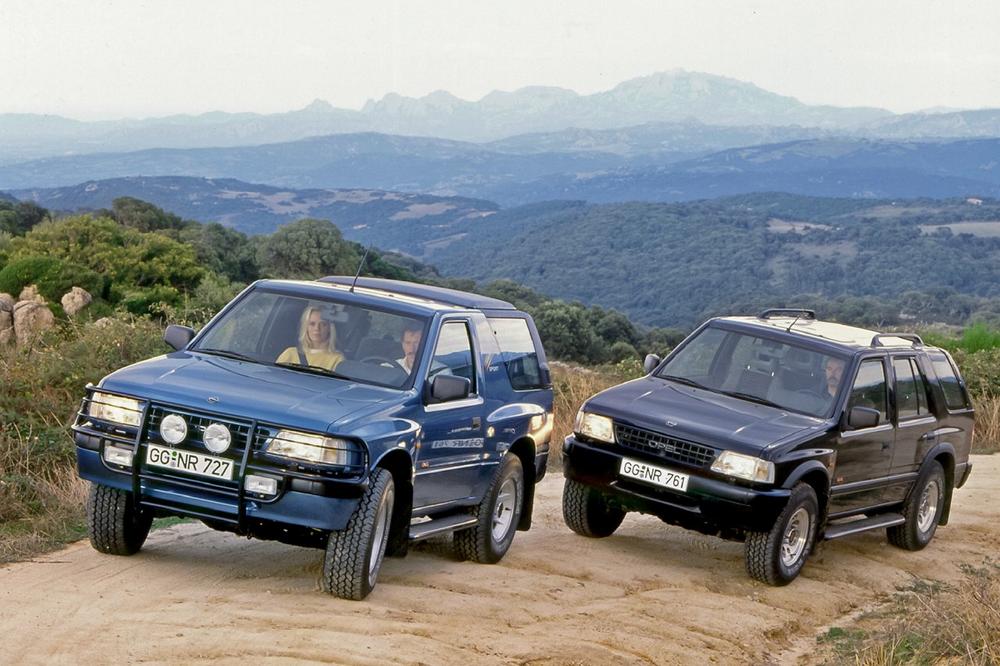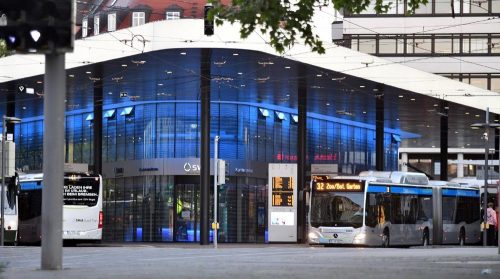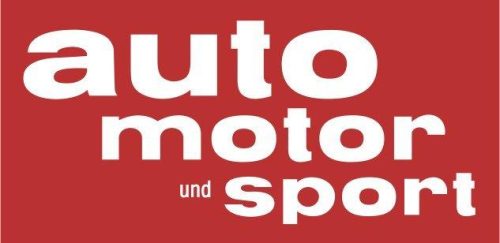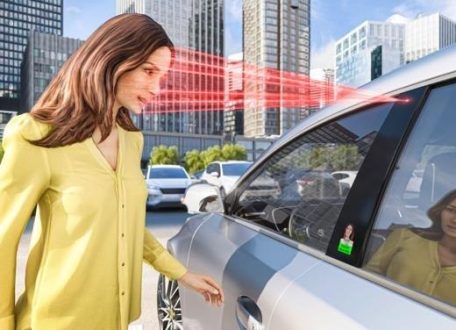
Trendsetter and Bestseller: Happy 30th Birthday, Opel Frontera
- No limits: Frontera debuted in 1991 as first AWD “recreational vehicle”
- Ready for the rough: Ladder frame chassis, 4×4 and proven Opel powertrains
- Unstoppable: Frontera rapidly became bestselling off-roader in Europe
- Generations: Frontera B with four-valve engines and „No Stop“ AWD followed in 1998
- Desirable: Late well cared-for cars up to 2004 available; earlier models now qualify for “H” registration
The world of automobiles was clearly divided for decades. On the one hand, there were comfortable cars for the road; on the other, there were more purist vehicles for driving off the beaten track, especially in the countryside of England or the wide-open spaces of the USA. However, such rustic machines were not much fun to drive on asphalt. That all changed suddenly in 1991, as Opel presented an “all-wheel drive recreational vehicle” called Frontera (Spanish for border) at the Geneva Motor Show. Actually, there were two presentations: the compact Opel Frontera Sport was the first to display the attributes of today’s ubiquitous SUV, while the five-door Frontera with long wheelbase was the forerunner of modern off-road limousines. Thirty years ago, the Opel Frontera already combined optimum off-road ability with good “street-going” behaviour and contemporary design.
With the Frontera the German brand founded the market segment for 4×4 all-rounders and started an all-wheel drive boom. In Germany, the new car was voted off-roader of the year in 1991 and 1992. By 1993, the Frontera had already left behind the knobbly-tyred competition and taken the lead in registrations. In 1993 and 1994, it was the bestselling off-roader in Europe, with Germany the biggest market. More than 320,000 units were registered. Appropriately enough for a vehicle named after a border, which rapidly progressed from newcomer to trendsetter and bestseller, there were no limits to the Frontera’s success.
Made in England: From the home of legendary off-road vehicles
A team of international engineers developed the Opel Frontera especially for the European market. Dynamic looks, passenger car comfort, functionality and good handling were the primary objectives. The new all-wheel drive model was developed in cooperation with Opel’s partner at the time, Isuzu. The Japanese company had specialised in off-road vehicles since 1981. The Frontera was produced by the IBC Vehicles joint venture in Luton, England. Nowadays, the Opel Vivaro and the Opel Zafira Life are made at this location.
Trendsetter: The Opel Frontera Sport as off-road convertible coupé
The Frontera entered the market at the end of 1991 in two variants. The two-door Frontera Sport with hard top and short wheelbase was powered by a 2.0-litre petrol engine that – as in other Opel models – produced 85 kW (115 hp). The five-door Frontera with long wheelbase was available with the torquey 2.3-litre petrol engine known from the Omega (92 kW/125 hp) or the 2.3 turbo diesel (74 kW/100 hp). Both petrol engines featured a three-way catalytic converter as standard. The transmission consisted of a five speed manual gearbox and a transfer case, so that the driver could switch between rear-wheel drive and all-wheel drive with high and low 4×4 drive modes. A limited-slip rear differential was optionally available.
The Frontera featured a separate ladder frame chassis that also carried the suspension and powertrain. The body was attached to the frame via special rubber mounts – ten for the two-door and 12 for the five-door – which provided optimum insulation from noise and vibrations. The six crossmembers of the ladder frame ensured maximum torsional rigidity for off-road driving. The powertrain was located on additional mounts so that it could be easily removed for servicing or repairs.
In production the welded ladder frame received an epoxy powder base paint and the cavities were treated with wax. The majority of the body panels were made of zinc-coated steel, 90 per cent of them double coated. The body also went through an additional ten-stage corrosion prevention process. Afterwards the body was attached to the rolling chassis and fitted with wheel arch liners, while the two-door model also got a rollover bar and hard top. Another layer of wax for the underbody completed the final assembly, giving the Frontera optimal protection against corrosion.
From 1998: More comfort and safety for second-generation Frontera
In autumn 1998, Opel launched the second generation of the Frontera with a new 2.2-litre direct injection diesel and a 3.2 V6 petrol engine. The newly developed off-roader featured further improved road holding and comfort, higher safety and a refreshed design. The electronic “No Stop 4×4” system on all model variants now enabled the driver to switch between rear and four-wheel drive without stopping.
The second-generation Frontera was powered by modern four-valve engines. The 2.2-litre DTI 16V with 85 kW (115 hp) developed maximum torque of 260 Newton metres. The new base power unit was the 2.2 16V four-cylinder petrol engine (100 kW/136 hp, 202 Nm). Double balance shafts on both power units ensured high refinement. The top of the line engine was the 3.2 V6 with 151 kW (205 hp) and 290 Nm, which was exclusively available in the Opel Frontera Limited.
Thanks to a five-link rear axle and a longer wheelbase on the five-door version, road holding both on and off-road were further improved in comparison to the predecessor. In addition, quieter engines, new door seals and increased acoustic damping lowered interior noise by around 50 per cent.
The new Frontera also offered increased passive safety. In addition to side impact protection, reinforced door locks and hinges optimised the crash behaviour of the body on the tough ladder frame chassis. Full-size airbags and pyro-technic seatbelt tensioners for driver and front passenger were added to the restraint system. The Sport got height adjustable front head restraints, while the five-door was available with a third rear head restraint. The second generation of the bestseller featured more rounded lines. They gave the off roader more elegant looks, but also underlined the robust character. A narrower B pillar and an additional side window increased all-round visibility and active safety of the Sport.
30th birthday present: Precious “H” licence plate in 2021
Deliveries of the first Frontera began at the end of 1991. These cars can be registered this year as historic vehicles. There are many offers on the used car market. The Frontera was produced in Luton until the end of 2003. Mechanically speaking, both generations are tough and durable. Numerous Fronteras with more than 300,000 km on the clock can be found online, diesel as well as petrol. Late six-cylinder model variants with a well-documented service history are currently most sought after. The Frontera Sport is also worth considering. After all, this was the first convertible-coupé off-roader. In other words, the Frontera is a 4×4 crossover or SUV from an era long before these names acquired household use.
Opel is one of the largest European car manufacturers and a leader in the reduction of CO2 emissions thanks to its extensive electrification offensive. The company was founded by Adam Opel in Rüsselsheim, Germany, in 1862 and started building automobiles in 1899. Opel is part of Stellantis NV, a global leader created for the new era of sustainable mobility as a result of the merger between Groupe PSA and FCA Group in January 2021. Together with its British sister brand Vauxhall, the company is represented in more than 60 countries around the globe. Opel is currently consistently implementing its electrification strategy to secure sustainable success and ensure that the future mobility demands of customers are met. By 2024, an electrified variant of each Opel model will be available. This strategy is part of the company plan PACE! with which Opel will become sustainably profitable, global and electric.
Visit https://int-media.opel.com
Opel Automobile GmbH
Bahnhofsplatz
65423 Rüsselsheim
Telefon: +49 (6142) 7-70
Telefax: +49 (6142) 77-8409
http://de-media.opel.com/de
Telefon: +49 (6142) 7-74083
Fax: +49 (6142) 7-78489
E-Mail: uwe.mertin@de.opel.com
![]()




